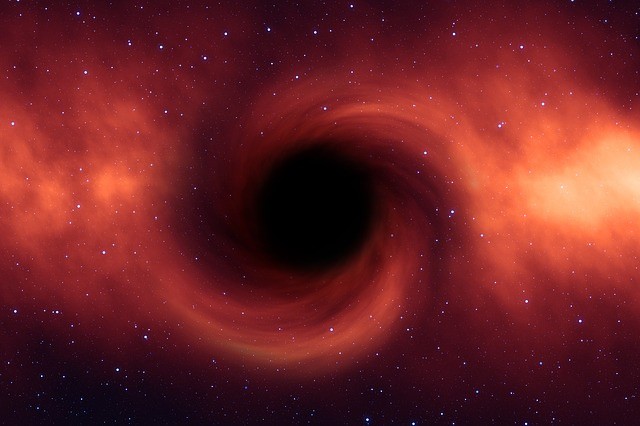
In the mysterious cosmos, the formation of the biggest black holes has a surprising origin that is simply monstrous that existed at an earlier time in the universe.
Scientists have discovered that more ancient cold gas is the probable seed that created massive black holes seen today. The early universe is unknown, and the archaic cold gas is an unknown remnant of ultra-monstrous spatial anomalies that collapsed in the early universe.
Biggest Black Holes in the Universe
Once giant black holes theorized to have a billion times the sun's mass were present before the cosmos reached a billion years old, reported Science Alert.
This contradicts what is known about how they are formed and grow. The physics explaining a behemoth of behemoths needs more insight. Did they exist before the big bang or after?
Computer models point to the origin of a supermassive black hole without exotic conditions, pockets of interstellar space that hold a store of turbulent cold gas that is the star's more massive black holes today.
Black Holes in the Center of Galaxies
According to cosmologist Daniel Whalen from the University of Portsmouth in the UK, these giant black holes are in the middle of most galaxies with mass many times that solar system's local sun.
In 2003, quasars were near such huge spatial anomalies that should be like a lighthouse in a sea of darkness when the mysterious cosmos was less than a billion years old.
Read Also : Strange Helium-Burning Stars Upend What Astronomers Know About Stellar Evolution of These Cosmic Bodies
Such cosmic structures are part of the mysterious cosmos in a relatively younger universe. Knowing that the first biggest black holes today came from something way more immense has turned everything upside down from twenty years ago.
Two ideas are suggested regarding how substantial black holes are formed. One is the bottom-up model that says when a massive star collapses, a spatial anomaly left is 100 times the sun's mass. It grows over the eons, consuming matter, but the number of quasars in the early cosmos is unknown. Another explanation is an expansive black hole seed that beggars imagination with 100,000 times sun mass. Stars only lived 250,000 years before becoming black holes.
Ultra-massive stars are not around now, and the process is arcane to scientists. Models of the primordial cosmos have different unknown conditions, mainly how dense, turbulent cold gas existed then, noted Quick Telecast.
Cosmologists assumed it would take some genuinely unusual conditions, such as intense UV radiation backgrounds or supersonic fluxes between gas and dark matter. And none of these unusual characteristics were similar to the surroundings in which these early Universe quasars were discovered.
Astrophysicists from the United Arab Emirates University in the UAE had conducted simulations that resulted in the formation of supermassive black holes in the gas streams then but minus weird conditions.
The turbulence created by the colliding streams precludes regular stars, such as those we see today, from forming in the simulation.
Usually, this occurs when a dense knot of matter in a cold cloud falls under gravity to form a young star, but circumstances aren't stable enough to happen when there's too much turbulence. Next came the quasars after the cosmic dawn, and massive seeds from collapsed mega starts with near-infinite masses.
According to Nature, the first biggest black holes were tied to the early mysterious cosmos and the cold gas that produced seeds to create them in the cosmic web.
© 2025 HNGN, All rights reserved. Do not reproduce without permission.








